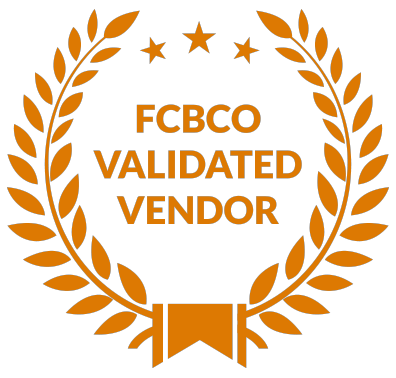The Art of Warehousing: Best Practices for Organizing and Managing Inventory
The Art of Warehousing: Best Practices for Organizing and Managing Inventory
…
Warehousing
In the world of business, quality warehousing is an art that holds the key to company growth and success. While it may seem like a mundane task, careful and curated inventory organization is vital for businesses of all sizes. The efficient management of inventory not only ensures that products are readily available for customers but also minimizes costs and maximizes profits.
A well-organized warehouse enables businesses to track and locate inventory quickly, reducing the time spent on searching for items and improving overall efficiency. Additionally, proper inventory organization allows you to avoid stockouts and overstock situations, preventing lost sales and unnecessary expenses. By investing time and resources into a quality warehouse, you can create a solid foundation for growth and position yourself for long-term success in the competitive market.
Consistent care
Organizing and managing inventory in a professional warehouse is crucial for the smooth operation of your business. The current best practices for this task involve a combination of technology and efficient processes:
- Firstly, implementing a robust inventory management system is essential. This allows warehouse managers to track stock levels, monitor product movement, and forecast future demand accurately.
- Additionally, adopting a standardized labeling and bin location system helps streamline the picking and replenishment process. By clearly labeling shelves and assigning specific locations for each product, employees can quickly locate and retrieve items, reducing search time and increasing productivity.
- Moreover, implementing a regular cycle counting process ensures inventory accuracy. By conducting frequent physical counts of stock, discrepancies and inaccuracies can be identified and resolved promptly, preventing stockouts or overstocks.
- Lastly, investing in automation technology, such as barcode scanners or robotics, further improves efficiency and accuracy. These advanced tools can expedite inventory management tasks, reduce human error, and free up time for employees to focus on more value-added activities.
Assess Current Fulfillment Efforts. Take Quiz Now!
A curated partner
Outsourcing to a professional warehouse can be a game-changer for if you’re looking to perfect the art of warehousing and maintain an efficient order fulfillment process. How so?
- Firstly, professional warehouses have the expertise and experience to optimize the layout and organization of your inventory, ensuring that every item is easily accessible and efficiently stored. This not only saves valuable time but also minimizes the risk of errors and delays in fulfilling customer orders.
- Additionally, professional warehouses invest in advanced technology and systems to streamline operations and enhance accuracy. With real-time tracking and automated processes, you can ensure that your inventory is always up to date and orders are processed swiftly.
- Moreover, professional warehouses often have a well-established network of shipping carriers and logistics providers, allowing for cost-effective and timely delivery of products to customers. By outsourcing to a professional warehouse, you can focus on other aspects of your business while leaving the warehousing and order fulfillment to the experts, ultimately ensuring that your customers are consistently satisfied with their experience.
Interested in learning more? Give us a call, we’d love to chat!




